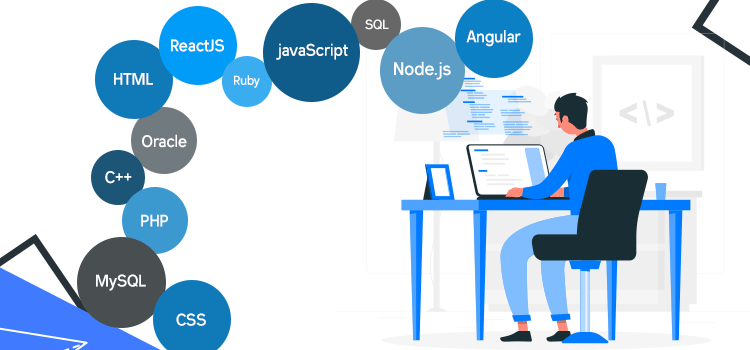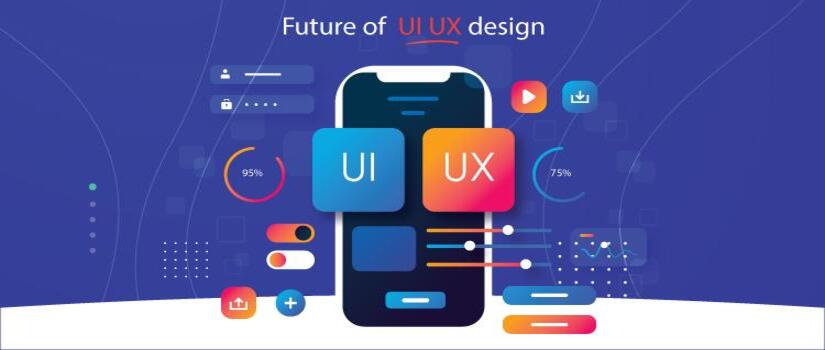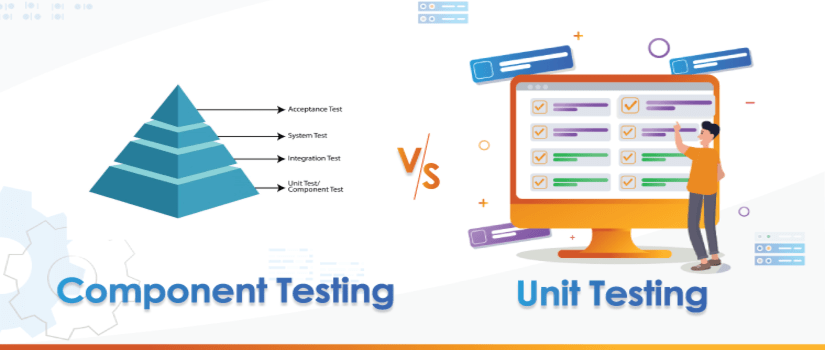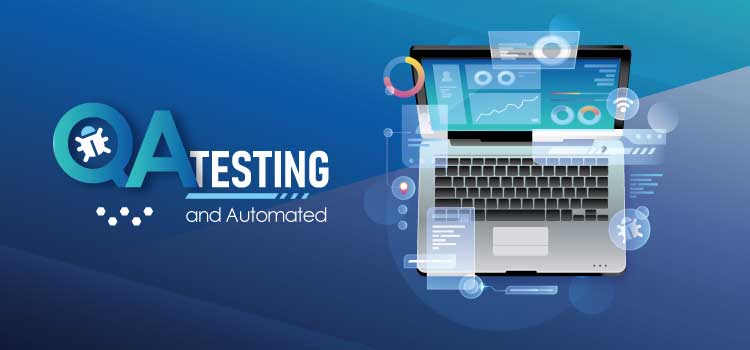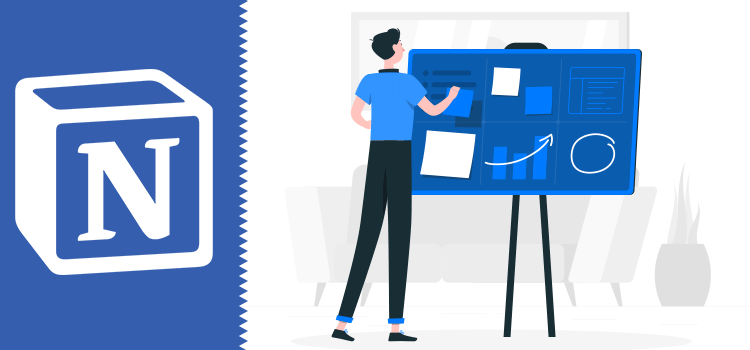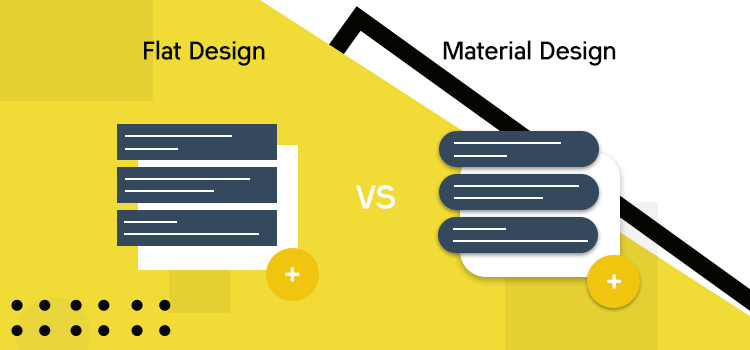Choosing the best technology stack for web application development is no simple task. A technological stack is the heart and soul of a web application. It's what makes an app fast, functional, scalable, and secure simultaneously, and there are thousands of languages, frameworks, and tools you can choose from.
What you're about to read will give you the knowledge and confidence to decide what technology stack is best for your next web application project. An ever-growing list of technologies gives developers a seemingly infinite number of choices when choosing a stack. Frameworks, languages, and utilities all have their benefits. But those benefits sometimes come with drawbacks, especially at the boundaries between each technology in the stack.
This article will focus on top languages, frameworks, and databases used for web application development projects. In this article, we'll discuss various technology stacks you can use for your next web application. We'll go through different choices like - single-page applications, reusable frameworks like Ruby on Rails or Django. We'll also look at popular server-side technologies like Node.js or Ruby, and we'll discuss when to use what stack more in detail and how that affects how you write your code.
What Exactly Is A Technology Stack?
Technology stack refers to a collection of software, programming languages, and frameworks that can be used to create any mobile or web application. The technology stack is a combination of specific components that makes the app fully functional.
The technology stack for web development can be divided into two main categories: front end (client-side) and back end (server-side). Each area has its own role in web development, and each comes with a complete set of tools.
Front-End Development
Front-end development, also known as client-side programming, is what makes the web application visible in the online space. It controls how users interact with the application. The following technologies are used for the front-end development of web applications:
• HTML (HyperText Markup Language).This is used to organize the content of a web page, for example, positioning and placement on web text.
• CSS (Cascading Style sheets): This determines the style of a web page's content, which includes its colors, fonts, and layouts.
• JavaScript: This makes the web application interactive and allows you to add interactive and animated elements to your web pages to make them more intuitive.
• Bootstrap: Bootstrap is the most widely used framework for HTML/CSS in web applications. Bootstrap's extensive library has attracted a large user base. Foundation is another popular framework for HTML and CSS.
• JavaScript frameworks: There are a plethora of Javascript frameworks available. However, angular is the most popular of all web app development platforms. ReactJS is also another popular front-end library that Facebook developed for web app development. VueJS is a great choice for lightweight web apps; Angular and ReactJS are the most popular choices.
Back-End Development
As the name implies, the back-end isn't visible to the users. Instead, it is a hidden component that allows the front-end to perform its tasks.
The back-end provides web applications with logic and facilitates communication among its components. In addition, the back-end development allows each component to understand when and how to respond to user requests.
Back-end programming is also known as server-side development. It generally involves three components: databases, programming languages, and a server. Let's take a closer look at each part and the technologies that are involved.
Components Of The Technology Stack
Database
Almost every web application asks for information. Therefore, the database is an essential part of any technology stack that supports web application development.
A database is essential to store data in a dynamic web application, especially if the app asks for information from its users. It is quite possible to create a web app without a database. However, this will result in limited functionality.
These are some of the most popular databases for web development:
• MongoDB (nonrelational document)
• PostgreSQL (relational).
• MySQL (relational).
Frameworks And Programming Languages
The back-end is responsible for implementing the logic of the web application, as we have already mentioned. This logic is created by a specific programming language.
You have many options for choosing the programming language that you want to use for your application. Additionally, many frameworks can be used to make the process a lot faster and more intuitive.
These are some of the most commonly used programming languages, along with the available frameworks for them.
• Ruby (Ruby on Rails).
• Scala (Play).
• JavaScript (NodeJS. MeteorJS. ExpressJS).
• Python (Django Flask).
• PHP (Laravel and CodeIgniter).
Server
Servers are where client requests are received, processed, and executed. Therefore, the tech stack required for Web Application Development must include a server. Servers are places where programming code can be safely stored. Developers can choose server architecture based on its scalability, reliability, maintenance features, and cost. It can contain both hardware and software. Most companies choose to host web apps on cloud servers (AWS and Google Cloud Platform Services, Microsoft Azure, etc.). These two most popular web servers are Apache and Nginx
APIs
Your web app can communicate with multiple APIs simultaneously. API (application programming interfaces) is a technology that allows front-end and back-end web apps to remain connected. While the technology stack you use in web app development will depend on the type of project you are working on, some tech stacks can provide you with a pre-made set of tools to help you develop your web apps.
LAMP
LAMP stands for Linux Apache, MySQL (database), PHP, and PHP (programming language). This is the most widely used back-end tech stack for web development. Full-stack developers prefer LAMP over other tech stacks due to its flexibility, customizability, and security options.
MERN
MERN stands for MongoDB Express.js React/Redux and Node.js. This is a full-stack, which uses ReactJS front-end development and NodeJS back-end. MERN is a popular choice to build large, responsive web applications.
Python-Django
As the name implies, the Python-Django tech stack is built on Python and uses Django for back-end development. In addition, this tech stack uses Apache as the server and MySQL for the database. It is a great choice if you are looking to create simple web applications.
How To Choose The Best Technology Stack For Your Web App
It can be difficult to choose the right technology stack for your web app, given all of the options available for different components. Each tool has its pros and cons, and each yields different results depending on the type of application. The wrong tech stack could hinder your progress. Consider these factors when choosing the right tech stack.
• Your project's requirements
• Maintenance and development costs
• Scalability
• Marketing
• Using secure tools
Type And Size Of The Project
Full stacks such as MEAN and MERN are required for medium-sized projects, such as eCommerce applications or Enterprise Applications. You can also hire an Angular web developer to help build responsive, scalable enterprise web applications or ReactJS developers to build interactive single-page apps.
You can choose simpler stacks such as Python-Django for small projects and MVPs. On the other hand, Nodejs React is a great option if you need a full-stack solution for small applications. A well-chosen mix of technologies is necessary to develop large-scale web apps like online marketplaces, social media networks, and content-rich applications. Therefore, it is better to choose core technologies such as ReactJs, AngularJS, or Ruby and Rails and then combine them with other useful tools and languages depending on the functionality you require.
Determining The Requirements Of Your Projects
The nature of your project could ultimately determine the web stack you would choose. It would be best to aim for a web browser that supports your web app's front-end and back-end development. Real-time data processing is a challenge for web pages, and even more difficult is to make them work quickly and smoothly. The Technology Stack for web development should be able to do this economically.
There are many mobile application stacks. You can choose to build a native mobile application on one platform (iOS, Android) or both. In addition, you may use certain programming languages such as Swift for iOS or Kotlin/Java on Android.
It is important to pick the right tools for your needs. For example, a tool you used to create a blog might not be suitable for building an e-commerce store.
Maintenance And Development Cost
Startups should choose web stacks that have been proven effective and popular. First, it will be easy to find developers that are familiar with popular tools. Although an expert might be more expensive, it is still better than not finding developers who can build and maintain your solution.
You can create a simple web server using both JS and Rust. The web server will be up and running in JS quickly, while a Rust developer would take weeks due to the limited tools. See the difference?
This is how you save significant time and money on development.
Scalability
While your technology may be sufficient for hundreds of users, does it work when hundreds of thousands of people use the app? In addition, because the current web stack is not scalable, you don't want the app to switch core technologies.
It is always a good idea to create a web application with minimal features to test it in the marketplace. However, you should still consider scaling the app in the future and ensure that your web stacks are scalable by choosing the right components and frameworks.
You should keep an eye on your current needs and focus on growth.
Marketing
Startups are all about being first on the market, which is why you should therefore consider well-tested and popular technologies. In addition, popular frameworks often have an integrated ecosystem that reduces development time.
You will want to select a web stack that supports all the MVP's main features when creating it. This will allow you to get your web solution on the market quickly. It would help if you also considered future expansion, where the stack can easily integrate with third parties.
Remember that web stacks can only be as good as their developers. Therefore, you'll need to make sure you have a wide range of developers available when using technologies.
Tool Selection
Web applications require security. Users expect security from web applications, whether they are using a fully-fledged ecommerce site or a blog.
Security risks can have serious consequences, so you need to make sure you only use secure technologies. Establishing a clear policy for data access and processing is the first step. Services for checking dependencies, tools to analyze static code, and monitoring systems should be used by developers.
Remember that data breaches can lead to legal problems that could damage a business' reputation and cause financial losses.
Which Stack Is More Popular?
Although it's difficult to compare popularity of stacks, you can use Google trends to see which programming languages are most popular and what people are searching. The chart below shows that JavaScript is more searched for than PHP.
We recommend that you check out the Google trends to see development trends from time-to-time.
To gain a better understanding of databases (SQL and NoSQL), we recommend that you also dive deeper into the subject.
The Bottom Line
When planning a project, you don't want the selection of web development platforms to be made quickly. Your team will be frustrated if they choose the wrong tools. It would be best if you considered working with correctly chosen tools to minimize your risks.
It is also important to fully understand each tool before choosing the right technology stack for web application development. Be careful not to fall prey to personal biases and preferences. You could end up choosing the wrong tech stack if you don't have the right knowledge or expertise in web development.
Send us a message if you have any questions about which frameworks, tools, or technologies are best for your app.

